6 Signs You Need a Digital Asset Management (DAM)
75% of decision makers are implementing Digital Asset Management (DAM) solutions. Not sure your organization needs one? Think again. Here are 6 key signs you need a DAM.
Some people have an outdated perception around Digital Asset Management (DAM). They think of DAMs as a basic cloud storage solution for digital media, and that’s it. DAM is not Dropbox or anything like a Box or a Google Drive. Those are just buckets in the clouds. And while it’s true that DAMs provide storage for digital media, that’s certainly not the whole story. Today’s organizations rely on DAM to:
- Enable AI-powered personalization and provide individualized content experiences using advanced metadata
- Prevent versioning and legal issues around the use of their assets
- Share and manage access to their images, videos, and PDF content across business units, channels, and third-party vendors
Today’s DAMs are sophisticated, complex digital asset platforms that enable organizations to manage, edit, and collaborate on assets at scale, so they can provide targeted experiences to their users and maintain strict brand governance.
That’s why DAM adoption is growing fast.
Still not sure a DAM is for you? See if you recognize any of the pain points below. If something sounds familiar, consider it a sign that you need a DAM.
1. Your marketing leverages multiple channels and assets.
If your website is your sole marketing channel and you only create assets for placement on your website, you can get away with a good content library that comes stock with about every enterprise DXP.
However, once you’re creating assets for your website, print, social media, video, and billboards — even if it’s just a few of those channels — you need a central location to store, manage, and work with those assets. Otherwise, you’re conjuring up a nightmare situation that’s totally unmanageable.
Size is a common reason why organizations choose to implement DAM. The more assets, marketing channels, and vendors you’re working with, the more imperative it becomes for you to have a proper system in place for managing the creation and collaboration of those assets — or things get unwieldy fast.
2. Your folder system is overrun with duplicates.
Speaking of systems, your folder system doesn’t count. From Google Drive to Dropbox, many organizations start out organizing their assets into a folder system. It’s a reasonable approach. Folders are intuitive and familiar.
The only problem is, the benefits end there.
With a folder system, there’s no way for you to easily find something unless you know the exact name of an asset, or the name of the folder it’s in. Folder systems lack the advanced metadata and search capabilities of a DAM, which allow you to tag each asset with key identifying attributes like titles, keywords, and date.
Inevitably, folder systems degrade from living organization systems into archives bloated with duplicate assets. Without an easy way to search and find what they need, people get lazy, and you end up with a system that has numerous duplicates stored in different folders. This wastes space and puts your brand governance at risk, as people may mistakenly use the wrong asset because they can’t find the latest version.
With a good DAM, you can enjoy duplicate asset recognition, an AI-powered feature that scans any asset you upload to discover if there are any existing duplicates. If there are, you can use that one instead, saving your team the time of recreating an asset and ensuring no one uses the wrong asset. It may be a bucket, but a DAM bucket is pretty self aware.
3. It takes more than 1 second to find the latest, approved version of an asset.
The world moves quickly, and customers expect your organization to keep up. Your marketers can’t be wasting precious time hunting down the latest approved asset when they could be building campaigns.
With DAM asset versioning, you can instantly compare different versions of an asset side-by-side, making it crystal clear for your team which asset they should use. There’s no more worrying about an off-brand asset — or, heaven forbid, one that was nixed by legal — getting released on a nationwide campaign. Thanks to versioning functionality, you can rest assured your people and your agencies are all using the most up-to-date, on-brand, and fully approved asset.
4. Email is your collaboration tool.
Has collaboration and task management become a hassle for your organization? A DAM can help.
As organizations grow, it’s common for teams to rely on a hodgepodge of disparate softwares to manage their digital assets. They may be using a folder system for storage, tracking campaign progress on a separate project management tool, and collaborating over email. Then, some poor soul has to translate all that email conversation back into edits on the assets within the folder system.
With a DAM, your team can collaborate on assets from a single, centralized location. This offers several key benefits:
It’s easier to follow the conversation, since all the collaboration occurs in one place instead of five.
No one has to translate updates between systems, so there’s less chance for human error or an important comment falling through the gaps.
Collaboration moves quicker, since your team only has to learn how to use and understand one system.
DAMs are built with asset-oriented task management in mind. Your team can track changes, assign project statuses, and configure sophisticated permissions and approval processes so nothing gets released before it’s supposed to.
5. You can’t share content easily within and outside of your organization.
Folder systems and limited-user software programs seriously hamper your ability to collaborate on assets with outside vendors.
Let’s say you have an agency creating a microsite for a new campaign. All of the assets for that campaign need to be easily accessible to your team and the vendors you’re working with.
DAMs can also facilitate sharing even within your organization. Since everything is housed in a central location, you don’t need to worry about whether someone’s been added to a project management tool, or if you have the right email address. All you have to do is click share.
6. You’re not using AI to orchestrate personalized experiences at scale.
If your marketers are still planning and configuring personalization rules manually — then painstakingly searching for assets, giving up, and then creating new ones — you can only move so quickly. To create personalized experiences at a scale that moves the needle, you need to be using AI. For that to happen, you need to be able to tag individual assets with metadata. This allows for easier search inside your DAM, and it enables AI to do what it does best: deliver personalized content on an individual user level.
That’s one of our favorite features of a DAM: the way it supports personalization.
Here’s how it works.
Whenever you add an image to your DAM, artificial intelligence will automatically add tags to it, using facial recognition, landmark detection, and more. Then, you can review and edit those tags, as well as add your own tags, such as a keyword for the marketing campaigns it will be used in.
Once your assets are all tagged, you can have AI scan your entire DAM and find the exact image that meets all of your criteria for a campaign. For example, let’s say you have a campaign targeting pet owners. You can have your AI search for an image that includes a black and white dog, with a red ball, and two gray-haired people in the back sitting on the pier in Santa Monica. This image will appeal to a particular age group that owns dogs and lives in a part of the country.
When you integrate your DAM with a personalization platform like Optimizely, things get really exciting. You can use AI to find the appropriate images and generate entire personalized multi-channel campaigns at scale. Tell the AI you have a pet-focused campaign, and it can search for all images of dogs. Then, it can hone in on the right one by matching one with a location close to the visitor’s IP, and featuring the right customer demographic based on their purchasing behavior.
DAMs can literally find a needle in a haystack and then deliver the right image, to the right person, at the right moment. And the more granular the tagging for your assets, the more effective your AI can be in pulling the right asset from the pile.
Move Forward, Faster with Digital Asset Management
DAMs are an essential part of any successful digital transformation. For your organization to market at scale, with the kind of individualized marketing your customers expect, you need a DAM.
Contact us for a free consultation.


